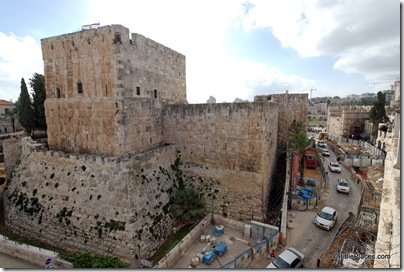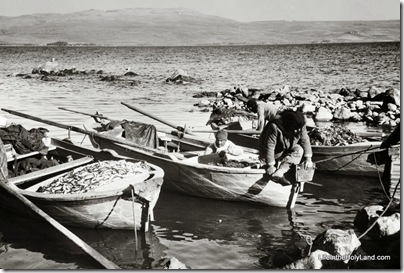I continue to catch up on stories from earlier this month.
A building from the Neolithic period has been discovered in Tel Aviv.
Scholars in the British Museum discovered a couple of fragments similar to the Cyrus Cylinder in their collection. Iran is upset that this will delay the promised loan of the artifact.
Abu Gosh decided it wanted to take the world record for the largest hummus dish ever made. I drove by the restaurant a day after the big event and thus missed the opportunity to sample part of the 8,000 pounds of hummus, but I did see the satellite receiver in which the dish was served.
If you’re looking for a more academic trip of Turkey, I’d recommend this BAS tour led by Mark Wilson.
The sad state of the “Sanhedrin Tombs” in Jerusalem is reported in an article in Haaretz.
HT: Joe Lauer



